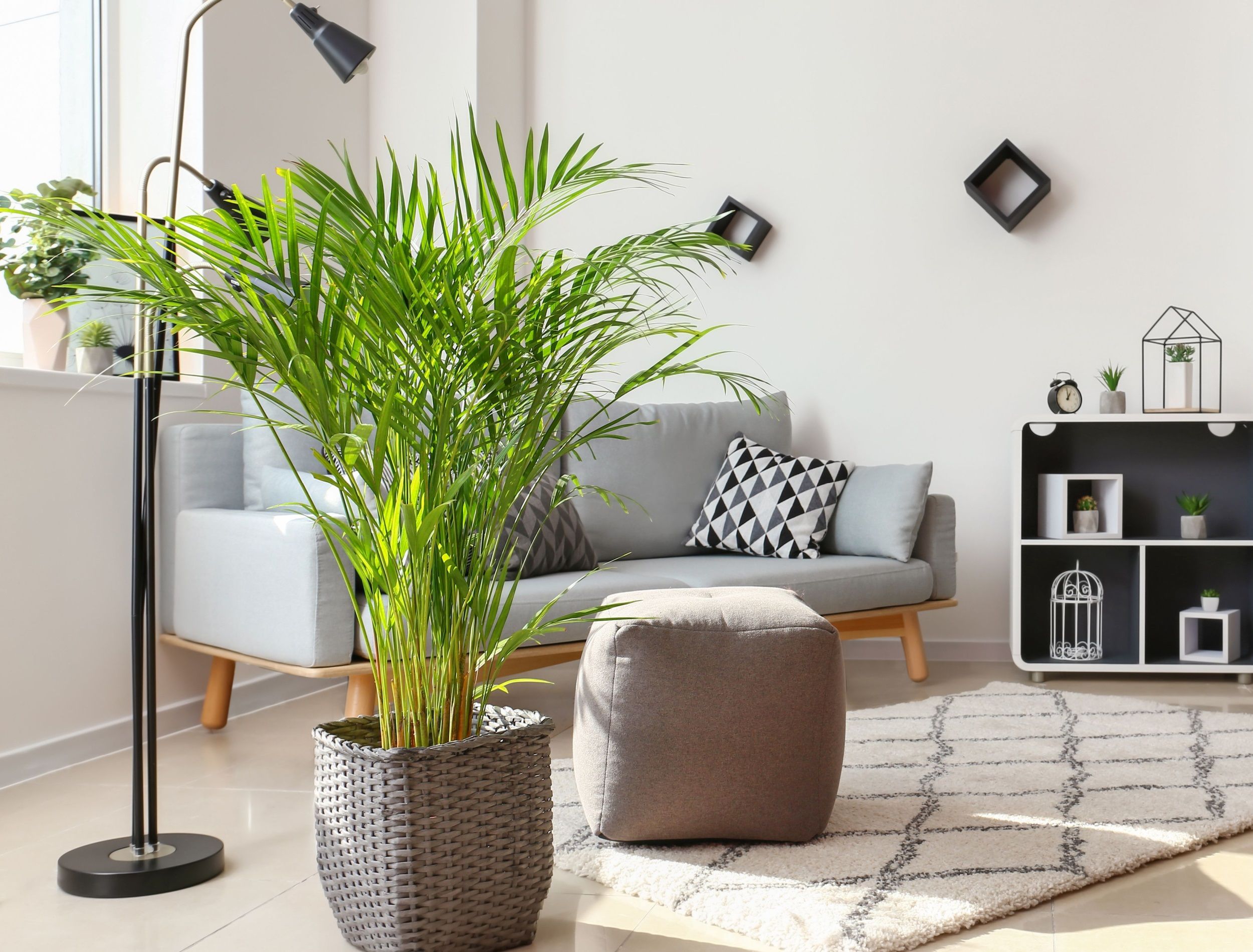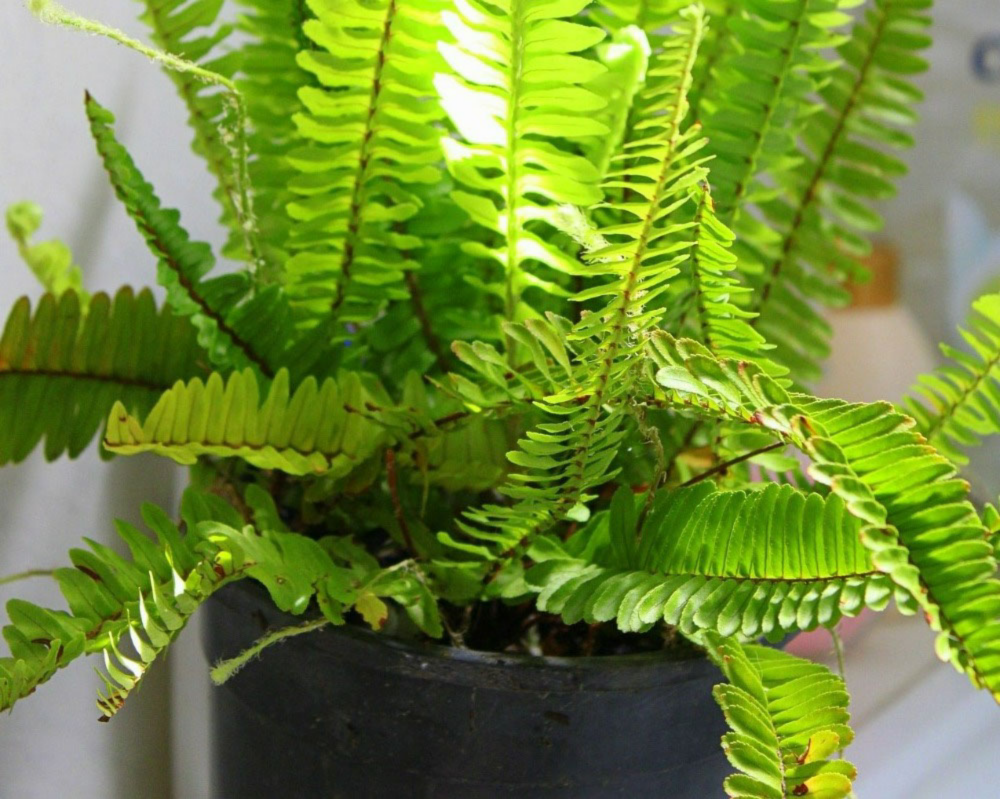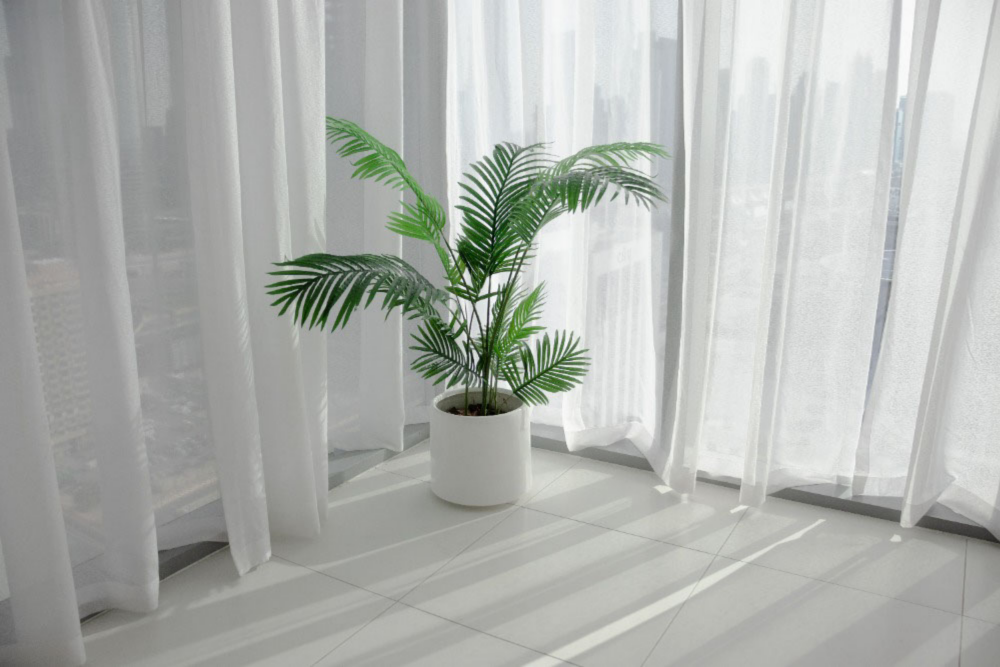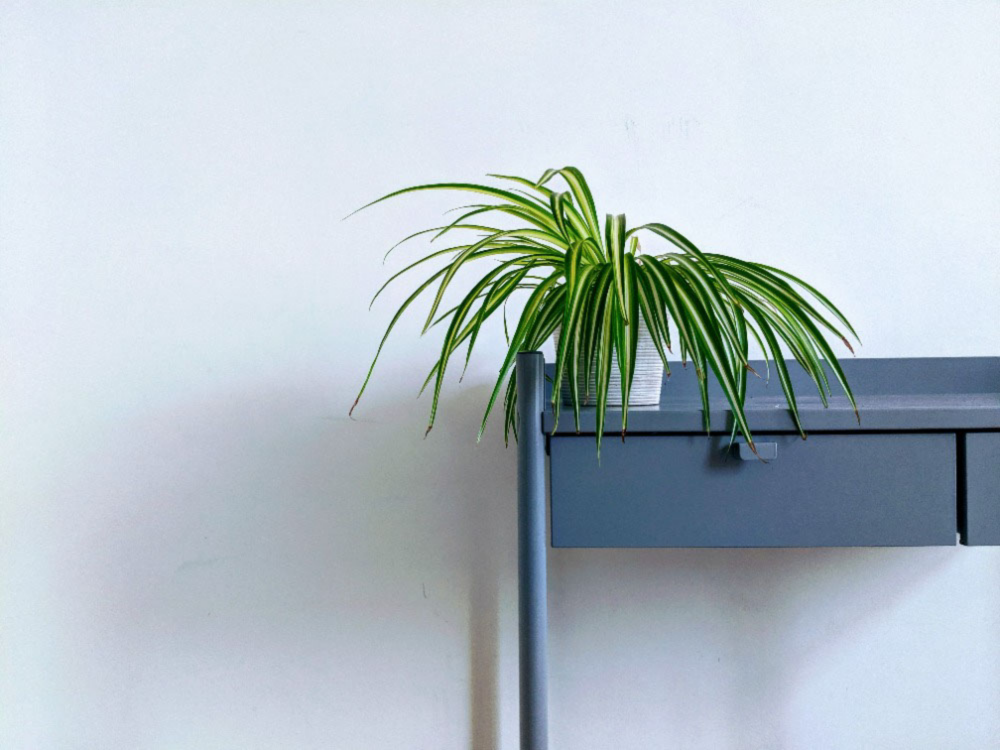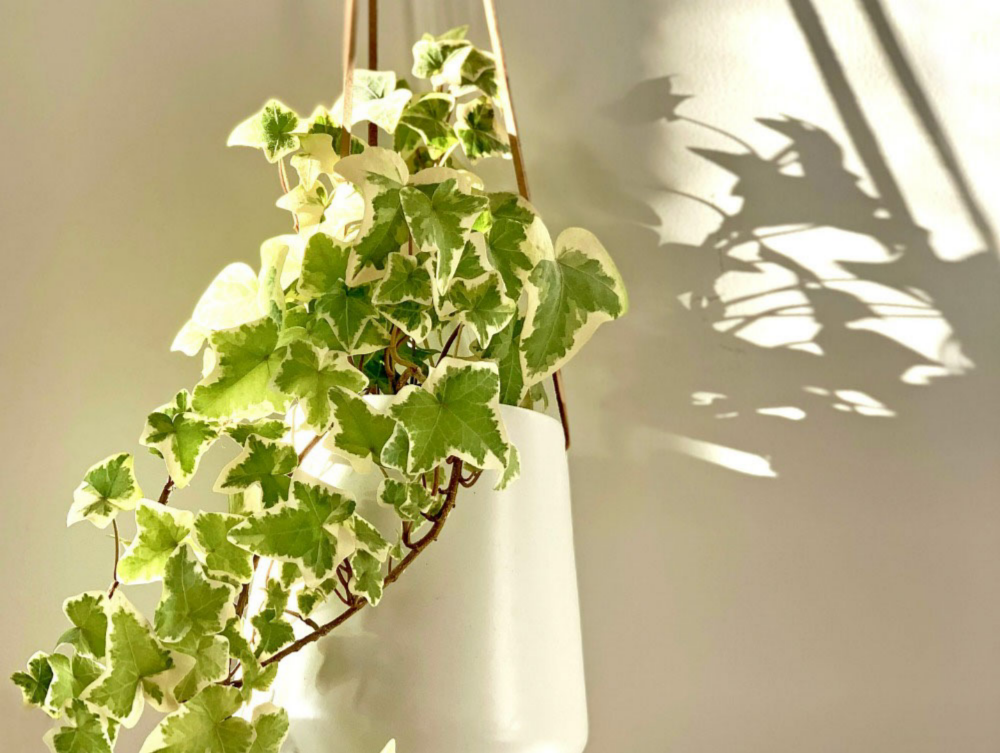Choosing houseplants that brighten your home always pays off in more ways than one. Plants fill spaces, they're ornamental, and some will even give you gorgeous blooms. But did you know that they also help clean your home? Yes, that's right -- plants can fight mold, clean the air, and get rid of harmful pollutants lurking in your home.
Keep your home clean by finding out what the best houseplants are for removing toxins from your home.
Boston Fern
Image credits: inonoyazy via Pixabay
The Boston fern is a tropical plant and is very easy to care for. Add this one to your collection as it's considered the best plant amongst many at efficiently removing formaldehyde. Boston ferns are known to remove toxins considerably more per hour than other plants. The fern also helps remove toluene and xylene -- two toxins found in cleaning products and gasoline.
Boston fern has feathery fronds, and the leaves grow quickly, so make sure you have enough space to accommodate the expansion of foliage. The plant requires cool moisture and a high humidity level to thrive, so place the plant on a layer of pebbles filled with water to help maintain the necessary humidity level. An ideal temperature for growth is 60 to 86 degrees Fahrenheit, but no lower than 55 degrees.
Buy a well-draining potting soil filled with organic matter and place your fern in low indirect light. Water consistently or the fronds of the leaves will turn brown.
Areca Palm
Image credits: Gerson Lozano via Pexels
The areca palm is not only tropical, but it also acts like a natural humidifier in your home. The leaves produce negative ions that are similar to machines that purify your air by removing dust, mold, spores, benzene, formaldehyde, and trichloroethylene. This palm effectively converts Co2 into oxygen making your air clean and fresh.
Like the Boston fern, this palm needs a lot of moisture and humidity as it can release up to a quart of water in your air every day! The root ball of the fern needs to be consistently damp, but avoid still water, or root rot may occur. Daily misting of the leaves will help with moisture retention. Additionally, place your potted palm on a bowl of big pebbles covered in water to help with humidity levels.
Areca Palms like indirect sunlight with a daytime temperature of between 65 to 75 degrees Fahrenheit.
Spider Plant
Image credits: Lucian Alexe via Unsplash
Spider plants are very hardy and bountiful in their display and are great houseplants for beginner gardeners because the plant tolerates some neglect and does well in many types of growing conditions. Benefits of this plant include easy propagation as well as the ability to clean your air by removing Co2, formaldehyde, benzene, carbon monoxide, and xylene.
This plant is well-suited to hanging baskets as it grows quickly. It thrives in cool to average household temperatures, and in medium to bright light.
Soil should be slightly dry between watering but be careful not to drown your plant with excess water, or the tips of the leaves will turn brown.
Peace Lily
Image credits: Lan Gao via Unsplash
The peace lily will give you peace of mind not only because it's a beautiful plant, but also because it's effective in breaking down harmful compounds and neutralizing their effects! The peace lily will take care of the following such as carbon monoxide, formaldehyde, benzene, toluene, trichloroethylene, and xylene.
This lily thrives in shade and indirect light, so place it near a curtained window in your home. They do well in a temperature between 69 and 75 degrees Fahrenheit.
This plant is grateful for water, so replenish consistently, and allow the soil to dry out after watering. A sign that your plant needs water is when you see it droop a bit. Finally, remember to clean the leaves to prevent dust residue build-up.
English Ivy
Image credits: Kulbir via Pexels
One of the most beautiful plants to add to your home collection is the variegated English Ivy. This plant absorbs a lot of pollutants but also releases moisture into the air. It can filter up to 78 percent of airborne mold allergens in just 12 hours!
English ivy is a very ornamental plant boasting unique foliage with colored-leaf edges in silver, yellow, and cream. If you want these stunning colors to pop, make sure you place your ivy in bright, but not direct light. This plant likes regular watering but allow the soil to dry up to 1/2 inch in depth before replenishing.
English ivy prefers a moderate temperature of between 50 to 70 degrees Fahrenheit during the day and roughly 5 t0 10 degrees lower at night.
Happy Cleansing
Above are great examples of plants that not only improve your air quality but also add to the health of your soil. From air toxins and bacteria to mold spores, these plant choices have it all packed into an abundance of household greenery. These leafy greens are powerful agents in the fight against indoor air pollutants!
Will you try any of the above plants to remove toxins from your home? If you have any tips or tricks, please leave them in the comment field.

